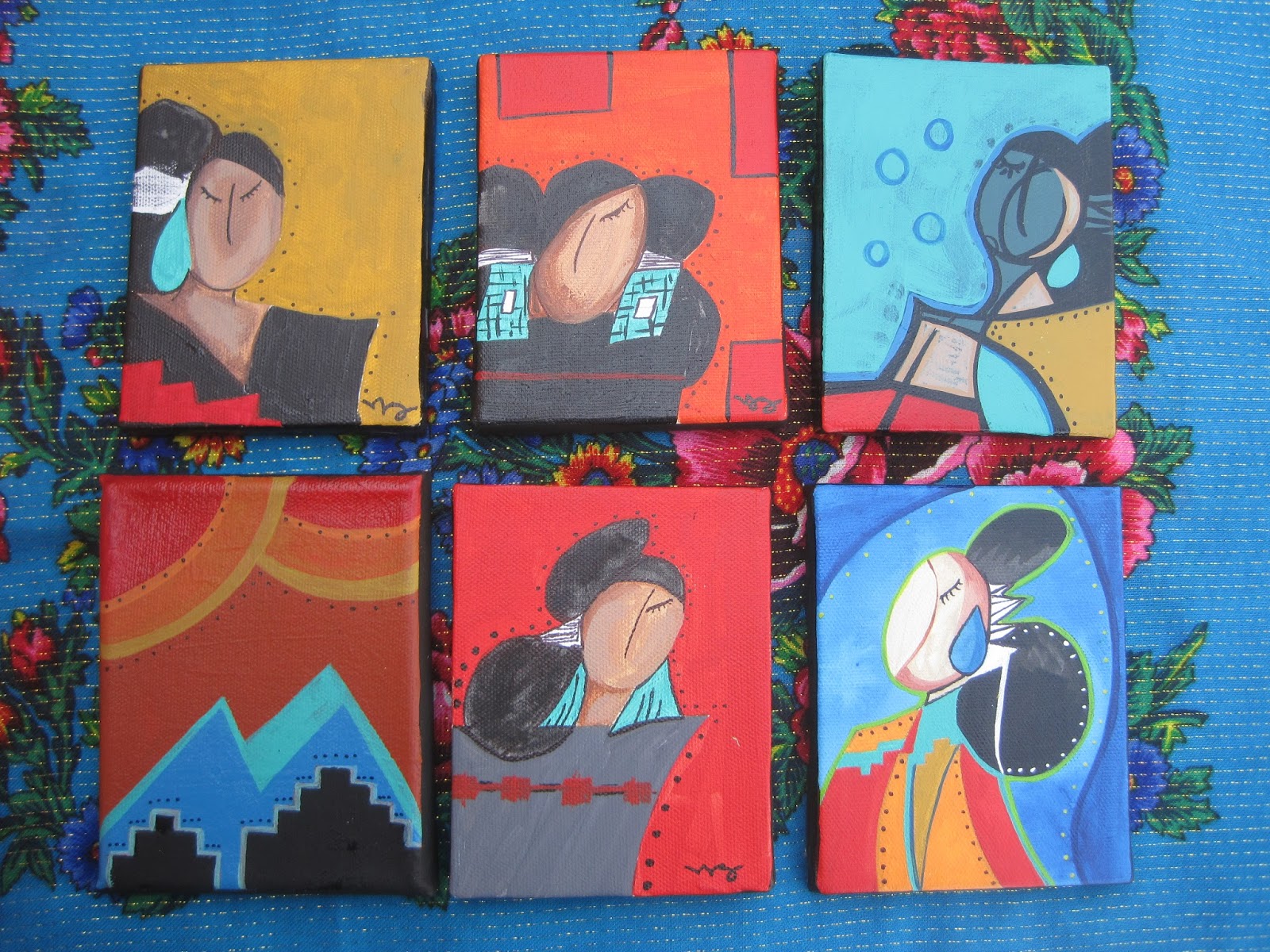 |
| Alfred Naswood Padilla Yazzie Sr. |
In this wonderful season on family, my own is absent of one, my grandfather Alfred. We lost our love in August of this year and still our hearts are broken, but we will go forward with his memory. I would like so share this with the global community becuase my papa's legacy deserves such attention.
The one word that most describes him is hero.
The English word evokes images of colorful, animated characters from Hollywood
movies. Superman, Batman, but what is a hero? What does the word hero mean to
you? Does your hero have to have bulging muscles, supernatural powers, a nice
ride?
In
the Navajo language there is a word that goes beyond that English term. Dine’kejigoo, in the way of Navajo it is nataani, which refers to a leader, and this is what my papa Alfred was. He lived a simple life yet he was a leader in the family, and
therefore was a hero in my eyes.
Today
I’m here to share with you how my papa was my hero. For he was my father and, he was my
grandfather and my friend. He encompassed what a hero leader was in the world
of little Navajo girl who was born in the 1970s. I used to think of his superpowers where
turning pretty rocks into candy. I was fortunate to grow up with my
cousin as we were always together as kids, she was my sister, or should I
say cousin-sister! But our papa would tell us as kids to go out and find some
pretty rocks and he would turn them into candy for us. So we’d go out and look
and look for these rocks, then we’d run inside to him and give him the rocks.
Then he would do his magic and soon we’d seen hard candy pieces emerge from his
hands. Are papa was a magic man, he was our hero.
My
papa and grandmother took me into their home and loved me unconditionally as
their very own. For that I am blessed. Our great God blessed my life with two
wonderful people truly. I was not at home when papa left this world, I was
driving back from Albuquerque, when my aunt told me the news. At that moment I was driving near a place there was a landscape full
of sandstone. I stopped and I got out of my car and walked around. I didn’t cry
though, I just looked at the landscape in awe. Everything thing at that moment
was so beautiful in my eyes, there was a peace. When I got back into my car a
stared driving a song can to mind.
The song that kept coming into my
mind was one that I learned as a child. It’s one I learned while spending my
summers at my great-grandparents home, when all the grandkids stayed over the
summer. I learned about the man, the wise man who built his house upon the rock
from a missionary at vacation bible school. The song talks about foolish men
and one wise mane who were building their homes on different surfaces of land.
One built his on the sand, one built his another unstable surface, but one
built his on a rock, he was the smart one.
My papa did build his house upon
the rock. In 1947 he bought land in Farmington, and begin the process of
building up his house for this young family. In a time the harsh reality of
small town racism and prejudice my papa endured and made the dream of a home
real. The home he built by hand at Bluffview Avenue is the house that is on the
rock. It is the place that the family, extended family, and even cousins and
friends lived at some point. My papa was a generous and compassionate man and
he always wanted to help in any way he could to better another.
I feel blessed to be a part of this
story, as I too needed a place to call home when I was born. The song I learned
as child attending vacation Bible school at Huerfano, NM comes to mind when I
think of my papa, it goes “the wise man
built house upon a rock...” that was my papa’s way, strong. As a child I
took this song literally and did not fully understand the symbology of the
song, but now as an adult I do understand. Later in this life my papa accepted
the teaching of Jesus Christ and made that spiritual agreement in this heart
with the Creator God. I believe that is when he learned about what hope meant.
God has blessed my family in many ways, including material and spiritual
blessings. He sent seven wonderful people to this earth in my aunts and uncles,
and shared my uncles for awhile until He took them home again.
Truly
I want to acknowledge that my family was very blessed to have wonderful
grandparents and were blessed because Our Creator God had his hand on us,
and forever He will so we have hope.









































